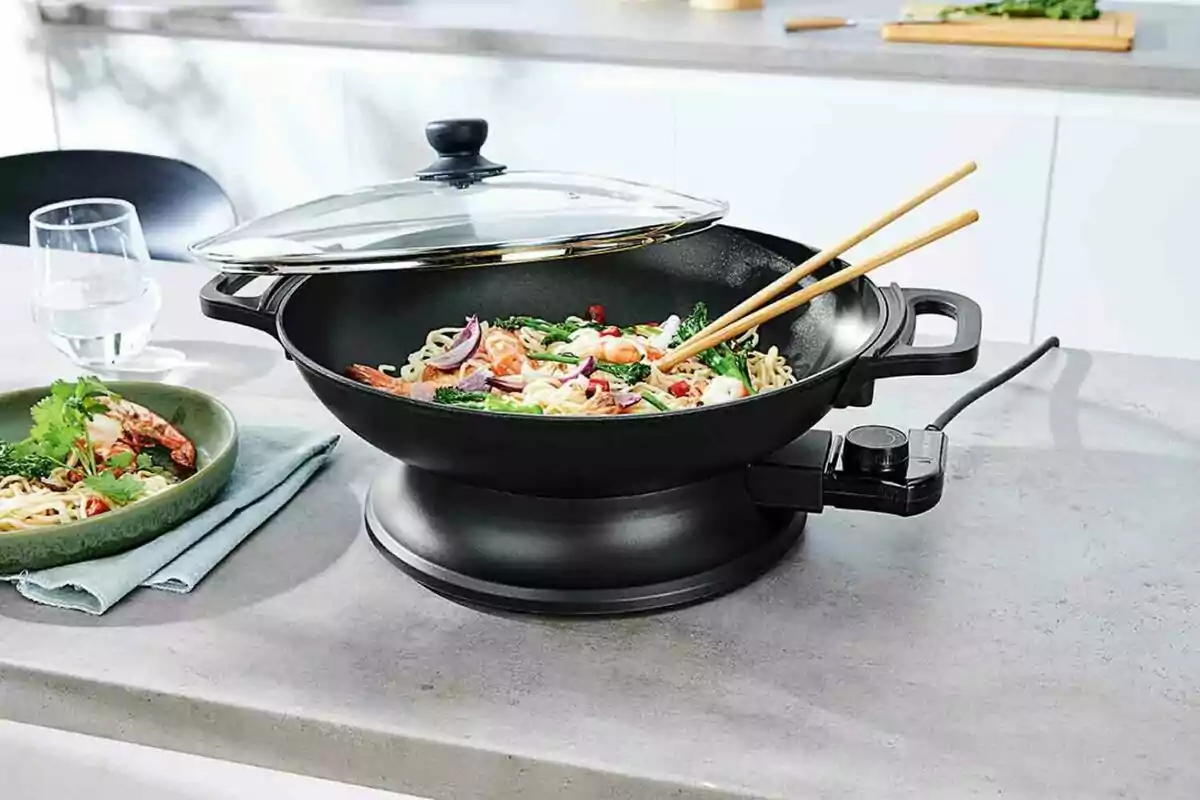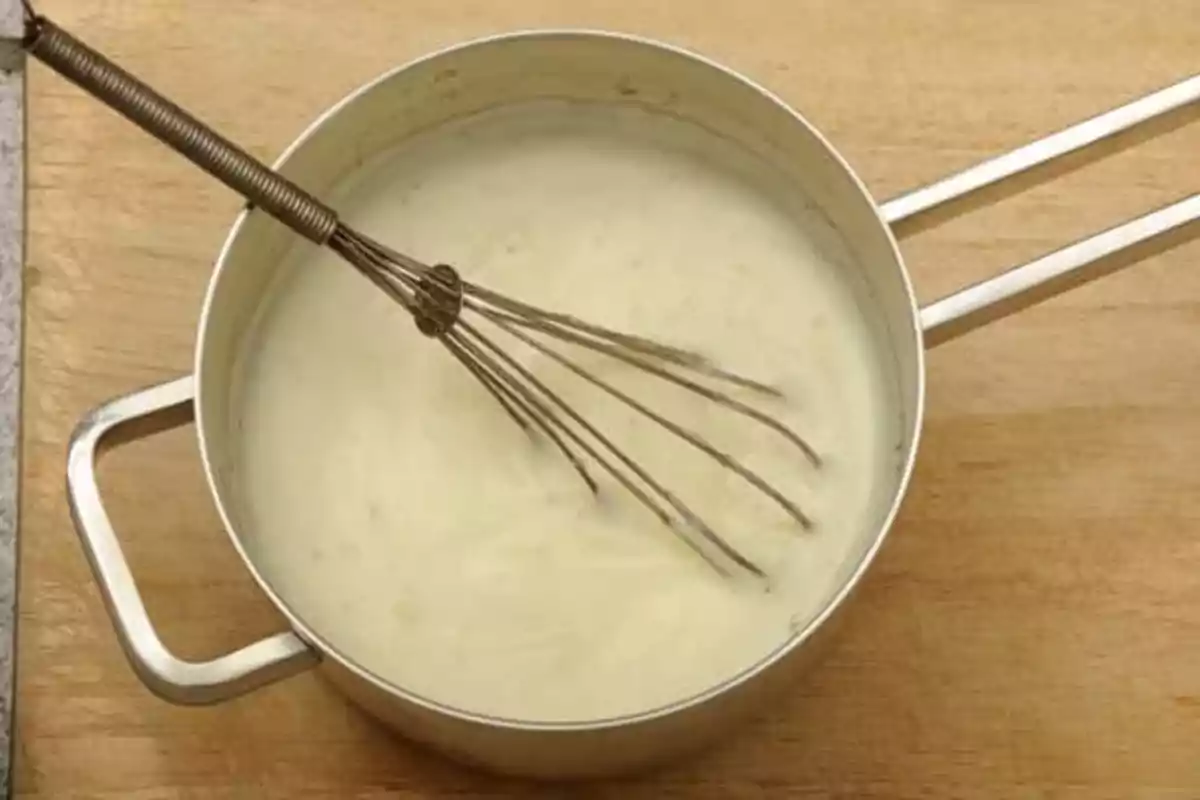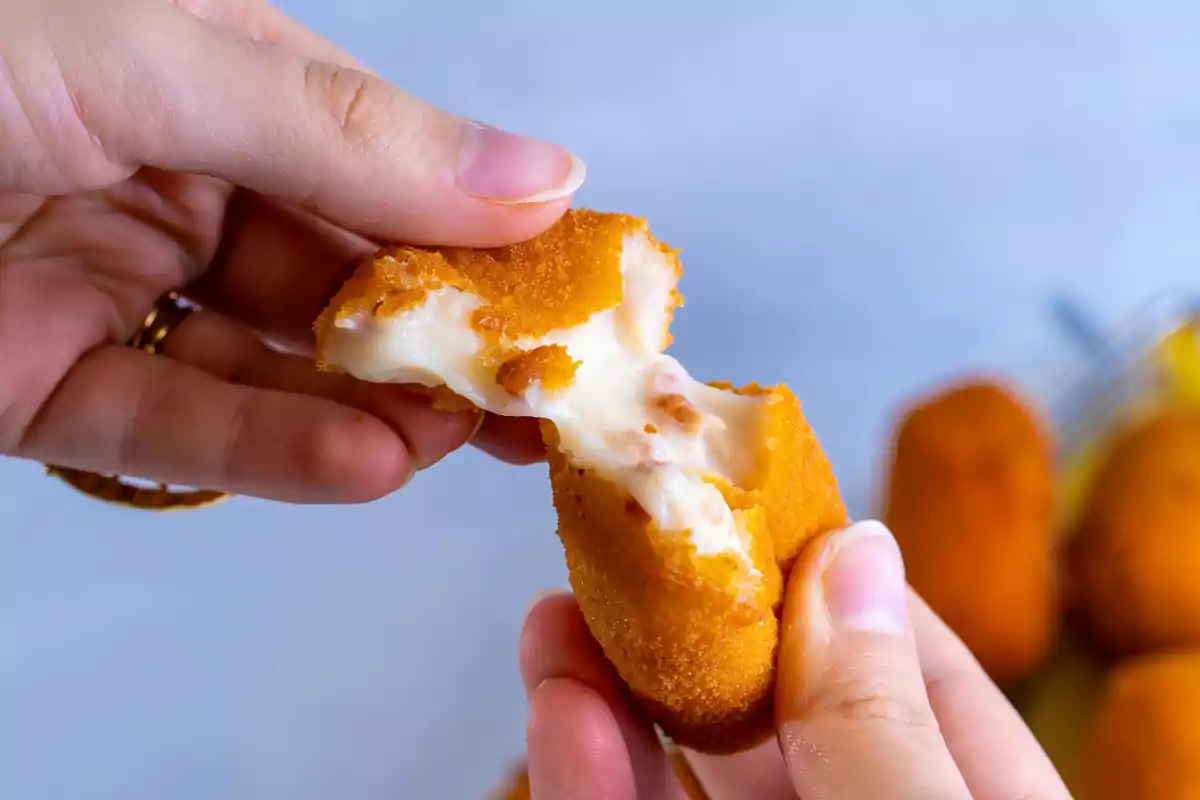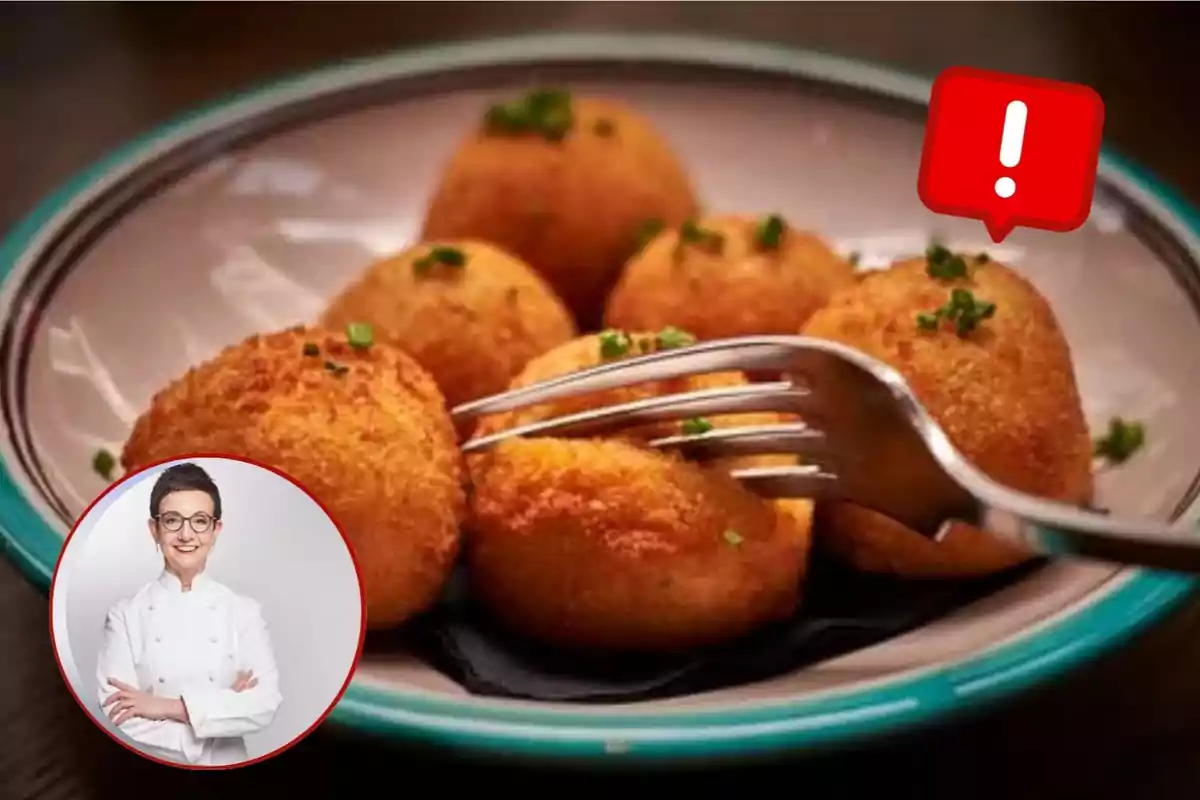Carme Ruscalleda has once again surprised the culinary world with a very specific revelation. At 73 years old, the Catalan chef has shared what step transforms good croquettes into the best croquettes. She has done so without beating around the bush, clearly explaining what makes the difference in this classic dish.
The trick, as she has confessed, lies in the sofrito. It may seem basic, but she insists that this preparation is the key to achieving a flavorful, creamy, and characterful dough. To achieve this, she recommends a precise combination of ingredients: onion, leek (white part), shallot or garlic, and a bit of parsley, all finely chopped and cooked slowly.

The previous step that makes the difference in croquette dough
It's not just about adding flavor, but about building an aromatic base that elevates the whole. Ruscalleda has perfected this technique throughout her career and considers it essential for a balanced croquette. In her book La sartén por el mango (2023), this detail holds a central place within her traditional recipes.
Once the sofrito is done, it's time to add the mixture of wheat flour, cornstarch, milk, and salt. This combination should be well mixed with a whisk before pouring it over the cooked vegetables, thus avoiding lumps. When the béchamel starts to thicken, finely chopped Iberian ham without rancid edges is added.

The resulting dough should be cooked until it is shiny and homogeneous. Then, it is spread on a tray and covered with plastic wrap, preventing it from drying out during resting. Only once it is cold is it shaped, keeping that creamy texture that the chef considers non-negotiable.
How to achieve golden and crunchy croquettes?
In the breading phase, the croquettes are coated with flour, beaten egg, and breadcrumbs or panko, depending on preference. If they are not going to be eaten right away, Ruscalleda advises freezing them to keep their shape and prevent them from opening while frying. This previous step is part of her usual routine.
Regarding frying, she recommends using a deep pan or a fryer with a thermostat to properly control the heat. The ideal temperature is between 329°F and 347°F (165°C and 175°C), enough to brown them without burning. If the oil smokes, it's a sign that it is too hot and should be lowered.

Finally, Ruscalleda points out that olive oil can be used, although she admits that sunflower, soybean, or sesame oils also yield good results. What matters is that the croquettes are crunchy on the outside and creamy on the inside, keeping that contrast that makes them irresistible. Now, the trick is on the table: a well-prepared sofrito is the key to achieving the best croquettes.

